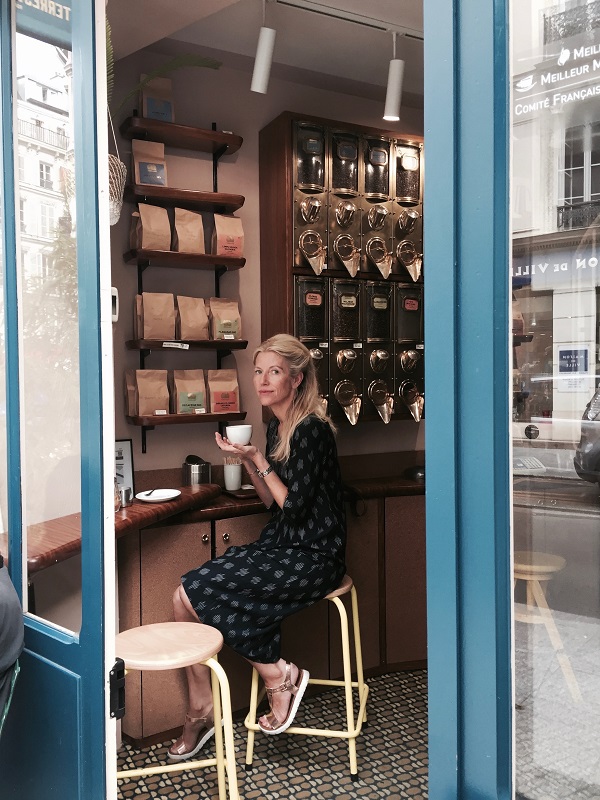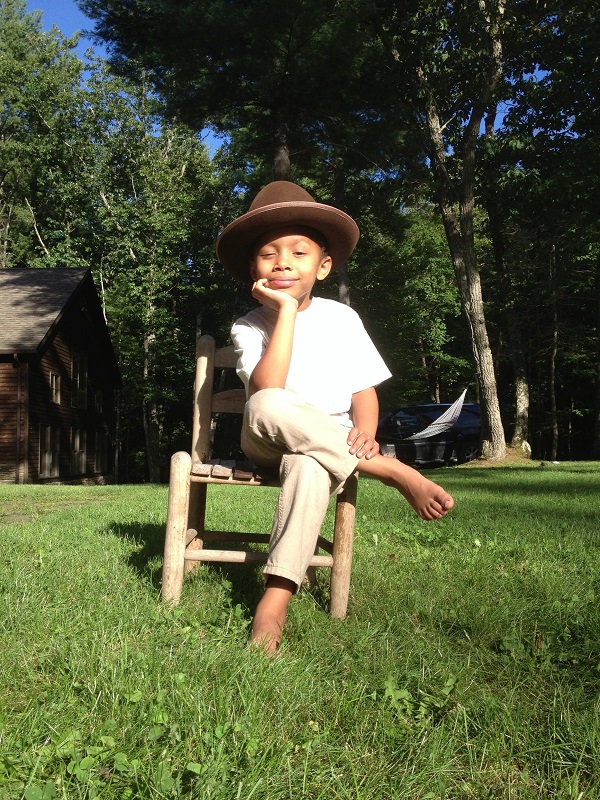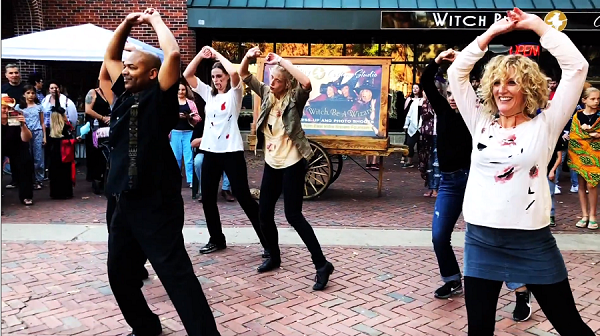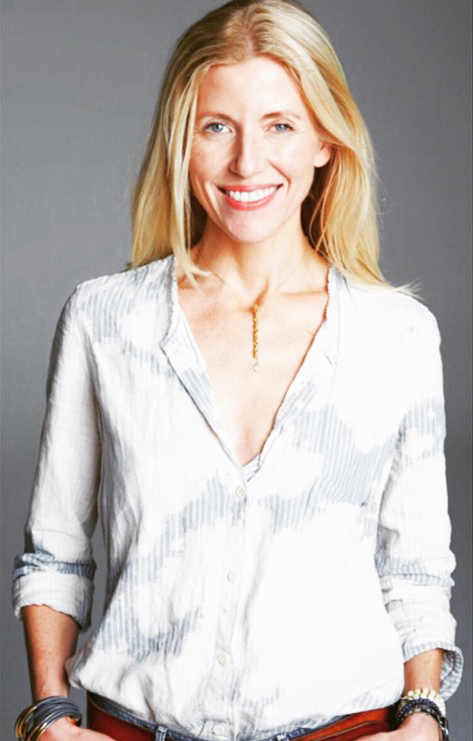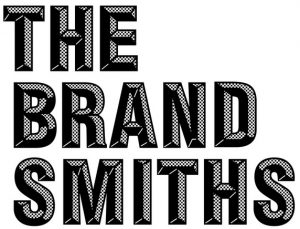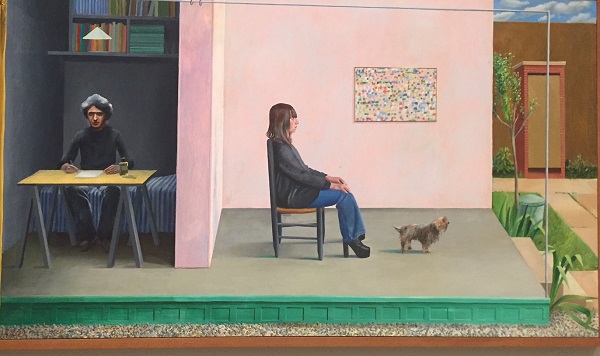
Almost everyone has waited on test results, a response to a big proposal, a return text from an important person. The mental wheels that begin to turn in these moments of vulnerability – the instant the wait seems too long — are often the lingering byproducts of insecurity, doubt and worth (Brené Brown has established an entire niche on this topic).
These days, I’m trying to see these moments as opportunities — as yardsticks — to gauge how I am doing. Maybe they could offer me a chance to check in.
I recently exchanged emails with a CEO about rates and scopes of work, not unlike other emails asking about “what would XYZ look like, and how much will it cost?” There was some surprise at the cost, and then a long pause. It was in this silence that I went inside for a minute, and checked myself: How comfortable could I be, standing in my value? How do resist reverting to doubt?
It’s an interesting test. I toggle between forgetting about it, remembering it, worrying for a minute, and then justifying myself. But in the moment, the mental gymnastics can be exhausting.
In this case, the value of the work the company does interests me more than the financial compensation. It wouldn’t be hard to work out a number of scenarios to work with them, because I believe in what they do.
Then why do voices still emerge in the quiet? Even after years of successful projects, happy clients, consistent work flow, things that should build confidence and establish a certain security, there’s occasionally fear that I’m not as good as I was, or think I am. That basically, my talents don’t merit what I think.
Maybe there’s humility in this interior dialogue. Perhaps it keeps my ego in check. In this way, maybe it’s valuable… to question our value… now and then.
Maybe it’s okay… not to feel okay… 100% of the time.
Or maybe that’s just being human.

